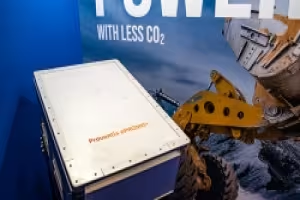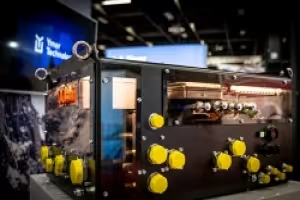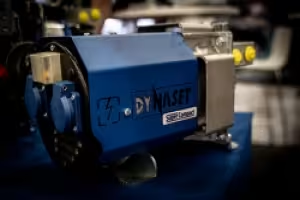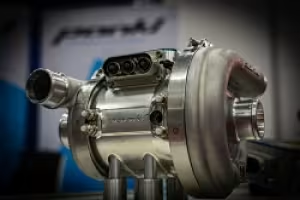Capabilities on show: The cutting edge lidar systems for industrial applications
Lidar specialist Ouster is displaying its OS series of sensors, which it says are unique in their ability to offer over 75 SKUs with just three sensors – the OS0, OS1 and OS2 – all built on a single digital architecture.
Digital lidar greatly improves upon analog lidar in size, weight, form factor, power efficiency and weather resistance. Ouster’s OS sensors offer up to 128 channels of resolution for short-, mid- and long-range along with ultra-wide vertical field-of-view and shorter minimum range configurations to support a wide variety of industrial applications.







